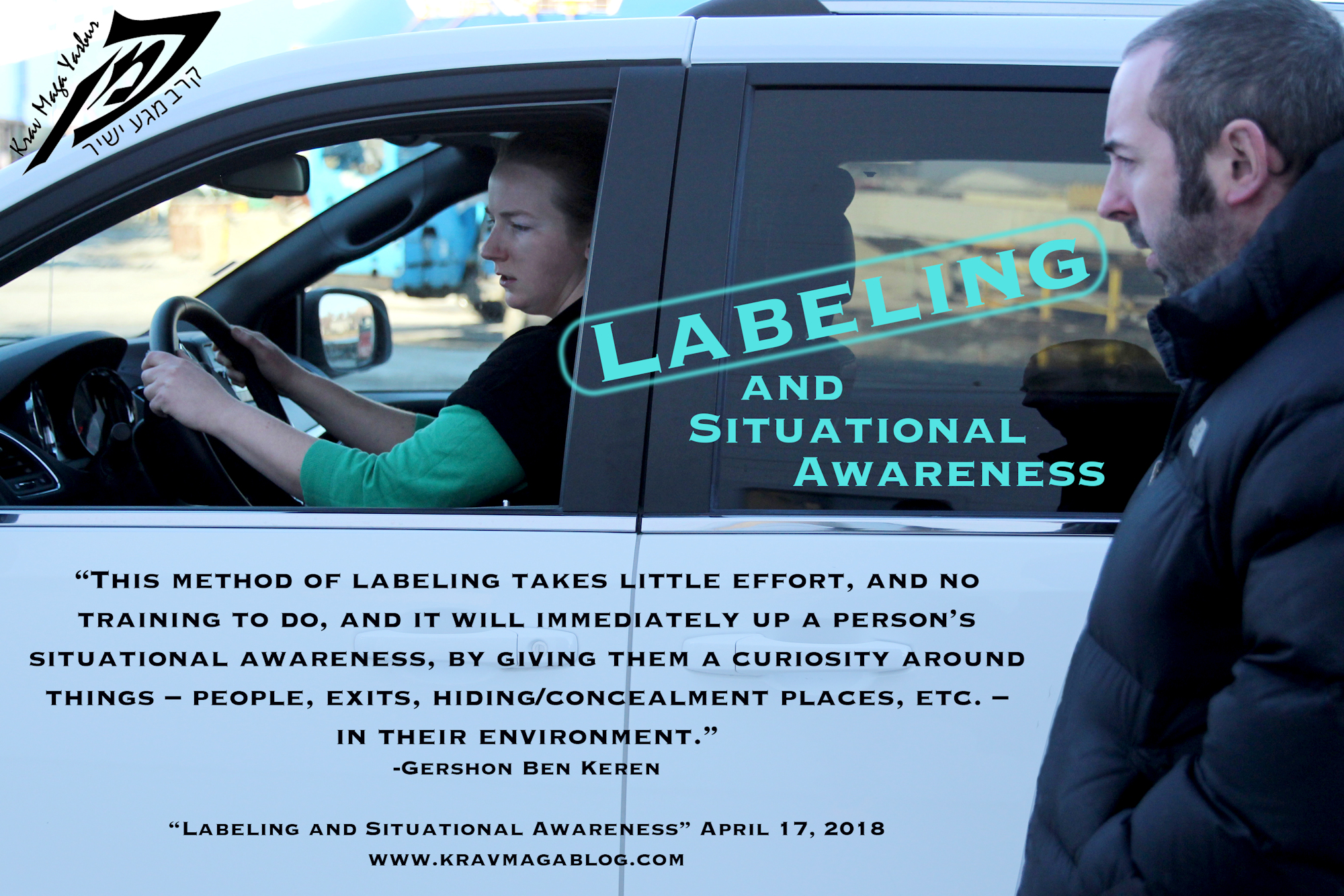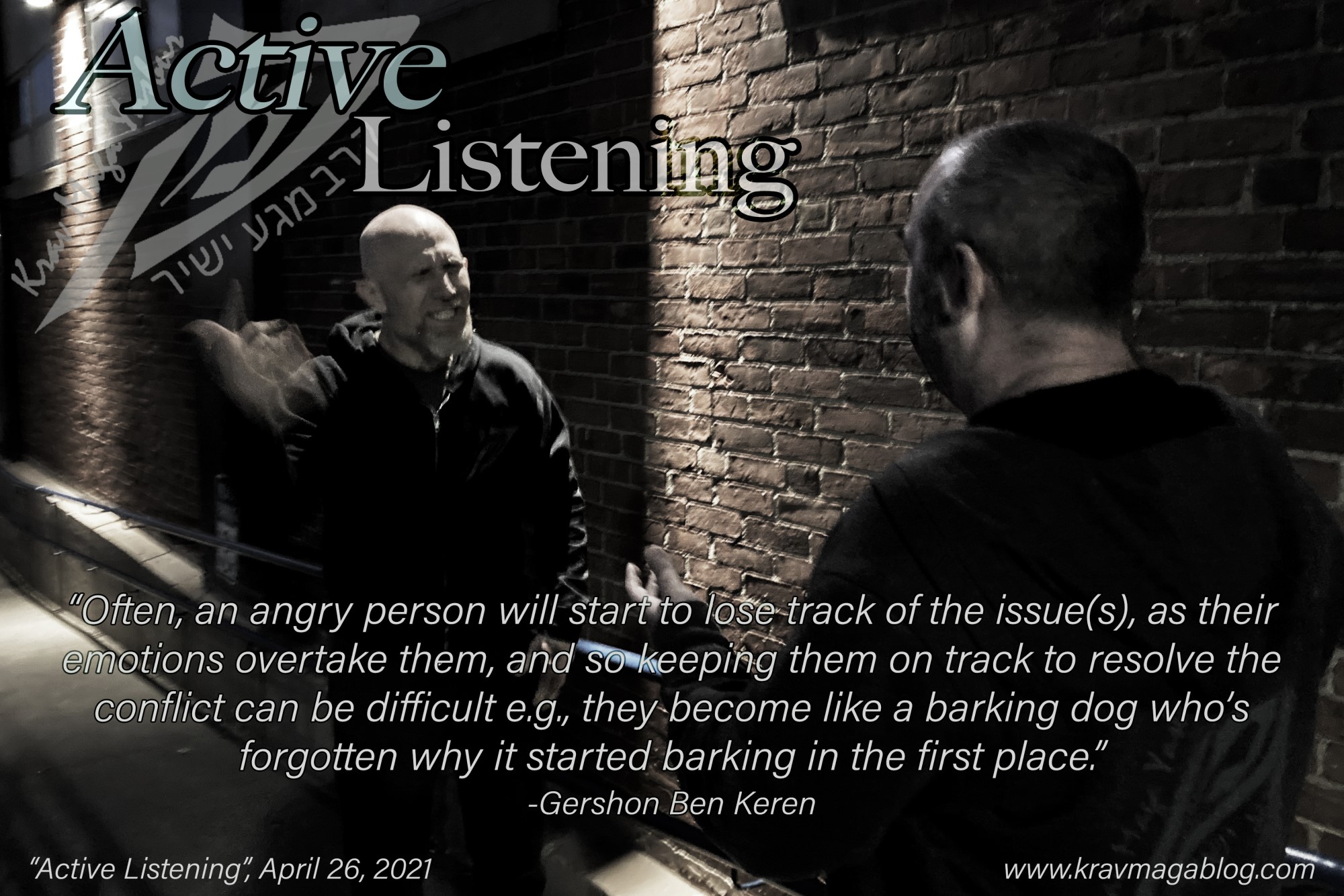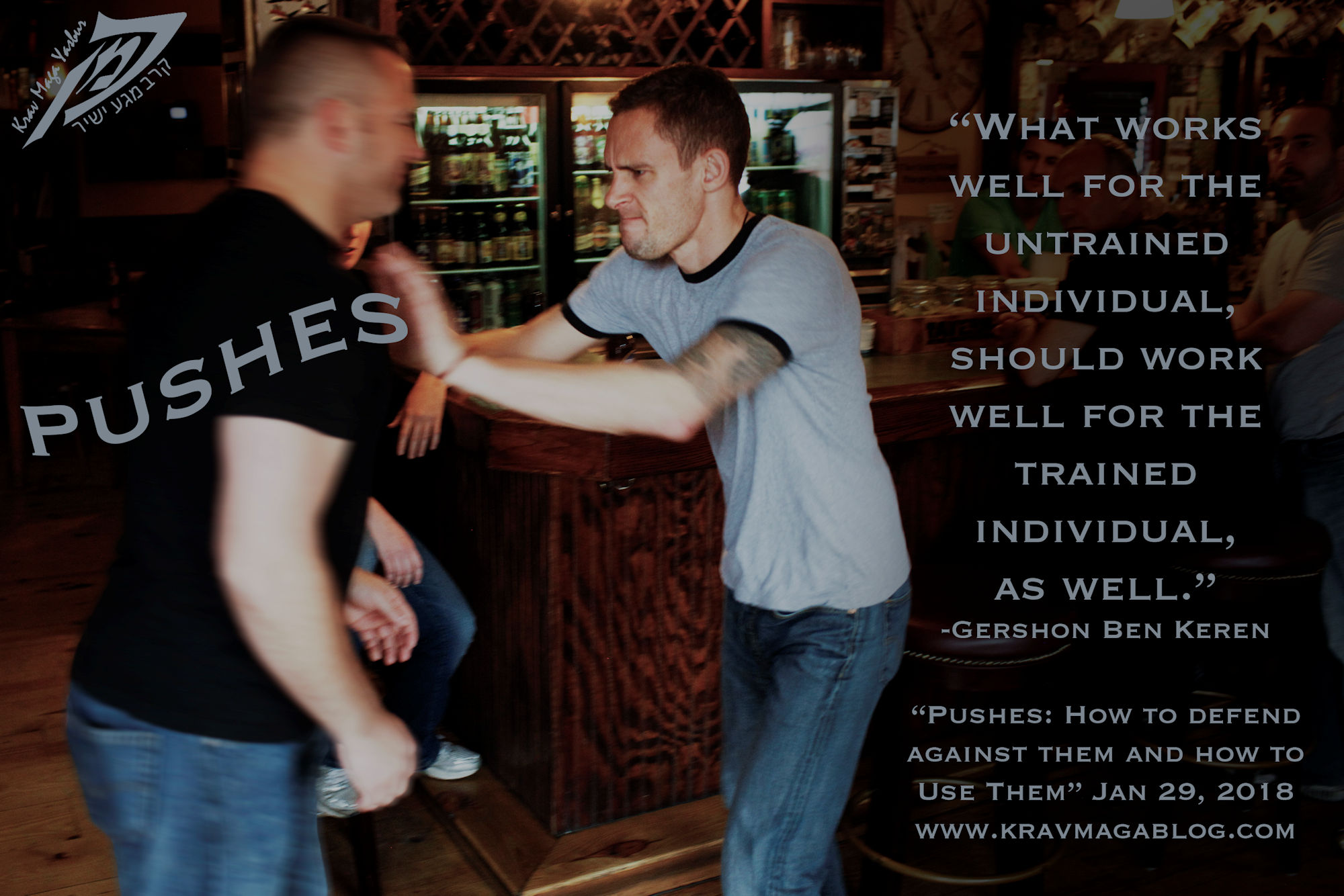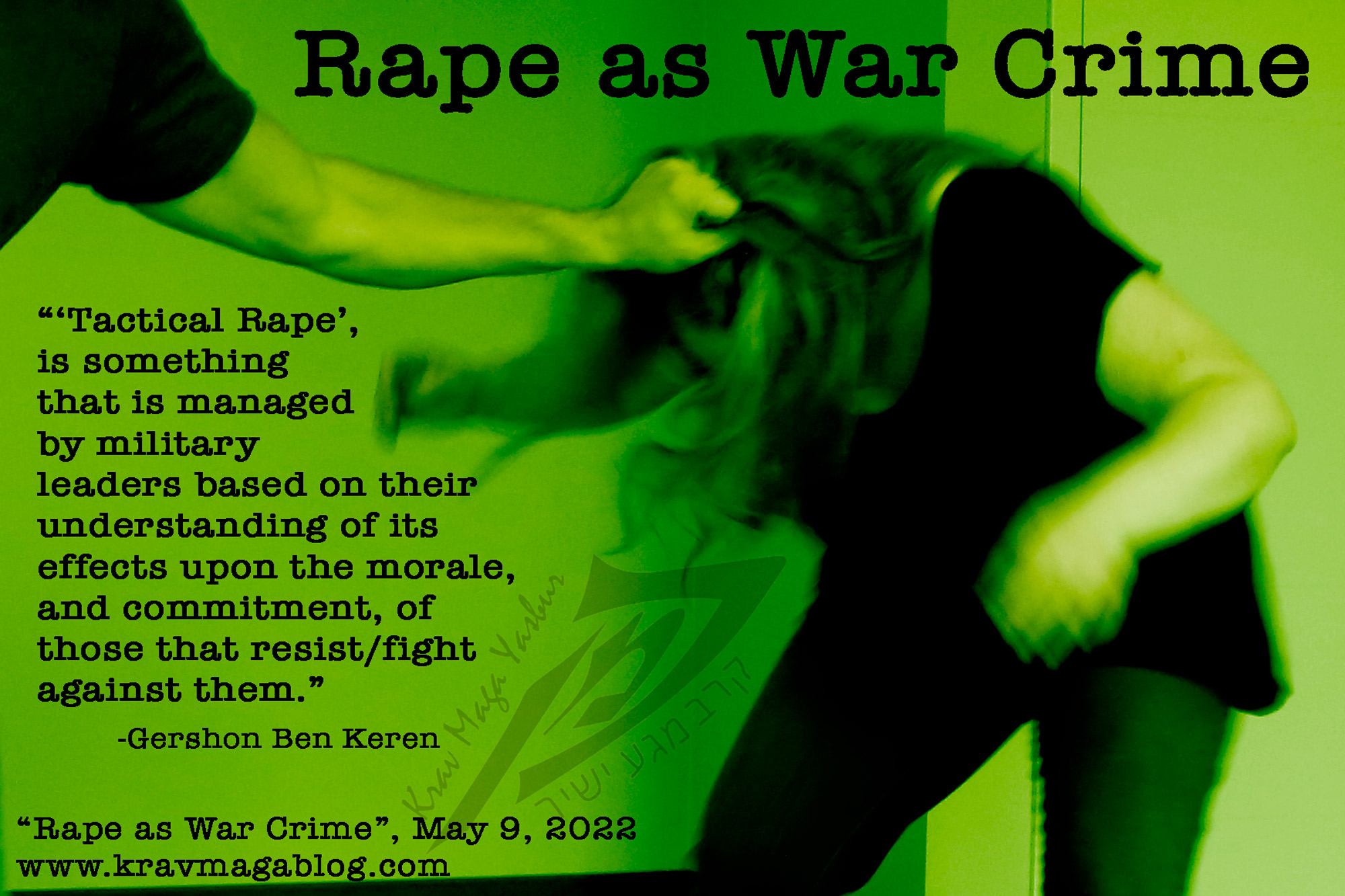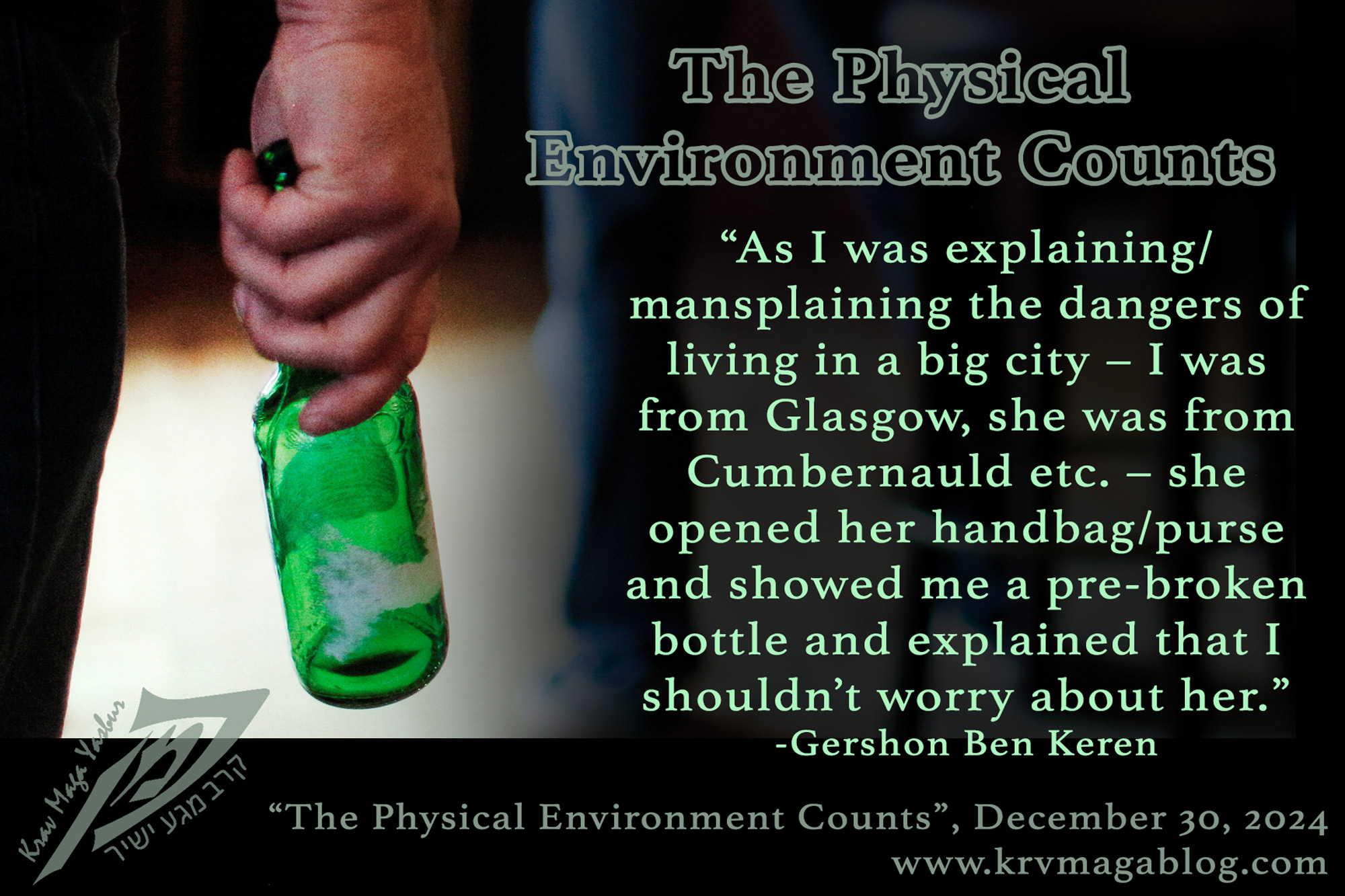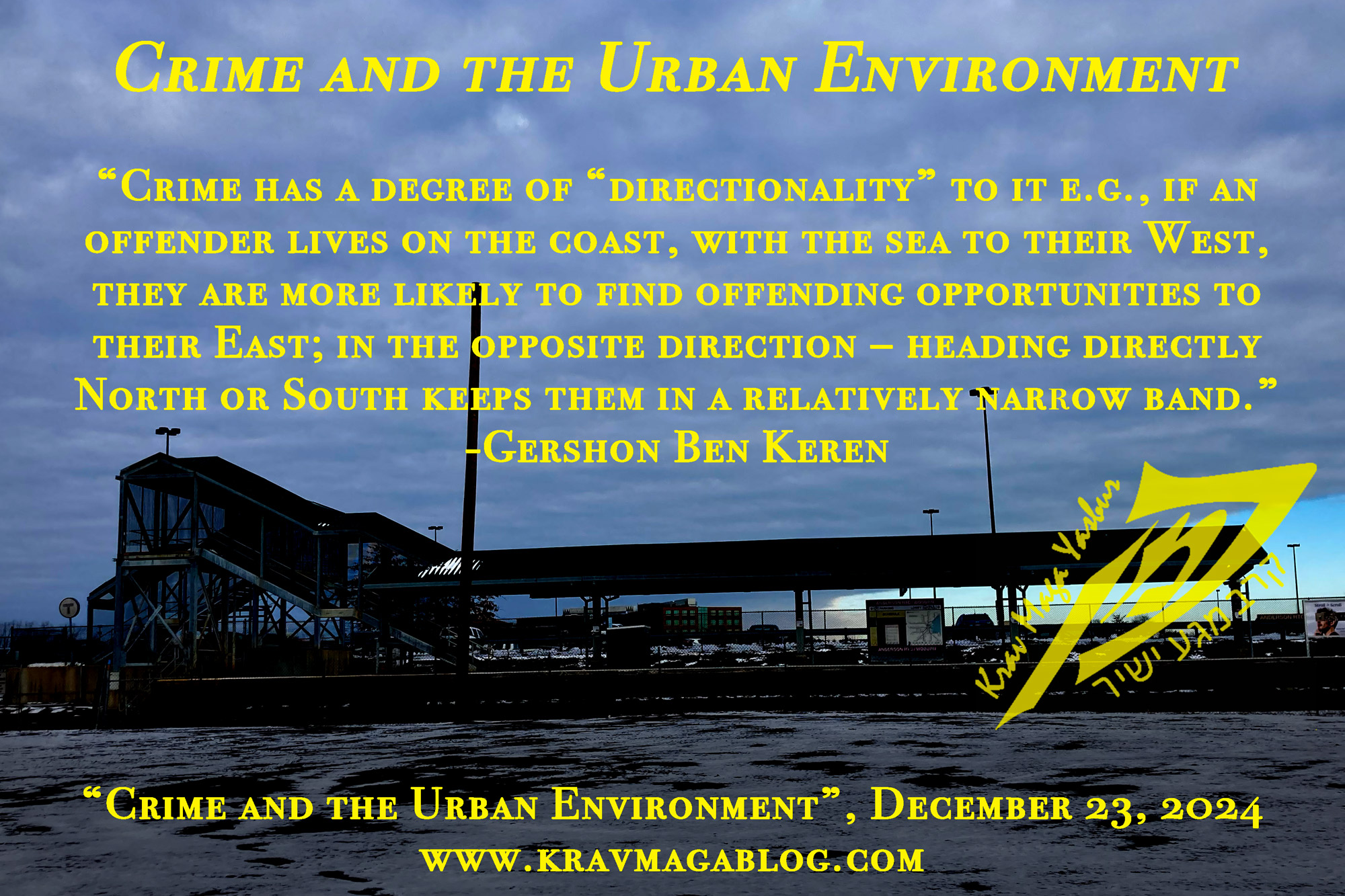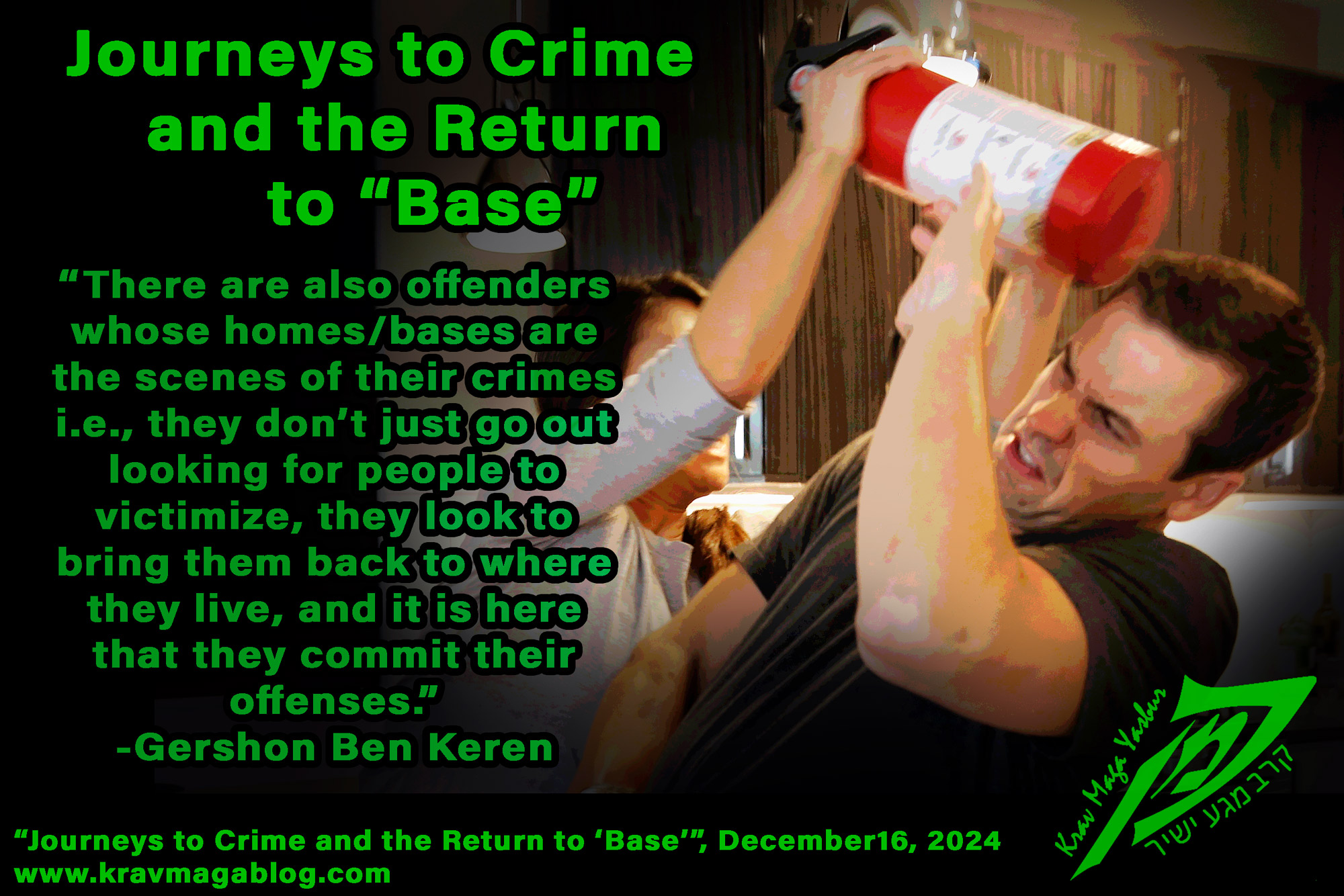Weather, Heat & Violent Crimes, is an article written by Gershon Ben Keren, a 5th Degree Black Belt in Krav Maga, who teaches Krav Maga in Boston, MA. He has also authored three Amazon best-Selling Books on Krav Maga.
On Wednesday night and early Thursday morning, there were four shootings in the Boston area, that left five people dead. That makes up roughly a third of all Boston murders involving firearms, so far this year. It isn’t yet understood if these murders, which happened in three different locations, are related or not, however it does signify a spike in homicides. One of the factors that may be at play is the weather. It is generally accepted, and the crime statistics bear this out; that violent crimes increase in the spring and the summer time, and that temperature can play a part, both by creating social situations which are conducive to crime, as well as by altering individual’s physiological and psychological states. In this blog article, I want to look at how the weather, and temperature in particular, play a part in violent crime, including homicides.
Good weather creates more opportunities for crime. When it is hot and the weather is good, people spend more time outdoors, which in turn creates more situations that are conducive to crime. When you couple this with the fact that schools, and universities, are closed over the summer, there is an additional population/demographic that is out in public – and these individuals may find that they have a lot of time on their hands to fill, and also a lot of time that they will be spending in close proximity to other individuals, meaning a likely increase in the number of disputes and arguments - between both members of the group, and other groups they interact with. This increase in the number of people out and about means there are both more potential aggressors, and also more potential victims. This is also true for more low-level crimes such as muggings e.g. there are more people to rob on a sunny day than a rainy one.
In the summer, people also tend to stay up later, and drink more, and the relationship between alcohol and violence is a strong one. When you couple over-consumption of alcohol, with the discomfort caused by heat, you have a dangerous cocktail that causes people to be overly aggressive towards each other. There have been many studies that demonstrate how being overly hot causes people to become more aggressive e.g. it has been found that drivers whose cars don’t have air-conditioning, are more likely to become aggressive and use their horn, when the temperature is high, than drivers in air-conditioned vehicles. The more uncomfortable we are, the more aggressive we become, and if we have been uncomfortable for a long period of time, there comes a point where we are likely to break, and resolve some of our aggression and frustration through either angry outbursts, or acts of violence.
For most of July, Boston has been experiencing temperatures in the 90’s, with temperatures rarely dropping at night below the 80’s (Fahrenheit). The heat, coupled with the humidity, has both been oppressive and relentless, which in turn has likely lead to general frustration and discomfort, especially for those who don’t have access to air-conditioning. However the evidence seems to suggest, that if it is too hot, people don’t have the energy nor the desire to engage in acts of physical violence – the heat is just too oppressive, making it too much effort to do anything. So for the month of July it is likely through continued discomfort that certain individual’s levels of aggression have been building, and yet it has been too hot for them to engage in acts of violence. This past week to ten days has seen the temperature drop into the mid 80’s and high 70’s, the types of temperature, which seem to be conducive to violent crimes.
A 1978 study by Baron and Ransberger, studying group violence such as riots, concluded that collective violence increased in line with temperature up until about 85 degrees. At this point it tailed off. Whilst this study looked at group, rather than individual, violence, it recognizes that there comes a point where people would rather be indoors in front of a fan, or in air conditioning, rather than out in the heat. This is borne out by another study conducted by DeFronzo in 1984, who found that there was no correlation between violence and temperature, when it gets to be 90 or over. It may be that in the Boston shootings on Wednesday/Thursday, the temperature was low enough to bring out both aggressors, and victims. There are certainly other factors at play, such as the relationships between the shooter(s), and their victim(s), the availability and accessibility of their victims, etc. However it may be that the drop in temperature to more comfortable levels influenced the timing of these assaults.
Whilst it would be wrong to blame the temperature for the shootings and homicides, and to say that it was due to the heat that these homicides occurred, it is worth considering how the high temperatures of the preceding weeks, may have both built up levels of aggression, and lead to angry interactions with others (due to people being out and about more), whilst the recent drop in temperatures produced a more comfortable environment in which to act. It is probable that there were many other factors at play on Wednesday night/Thursday morning, however the role that the weather plays in such violent crimes has been well studied and documented in the past forty years, and bears our consideration.
0 COMMENTS
